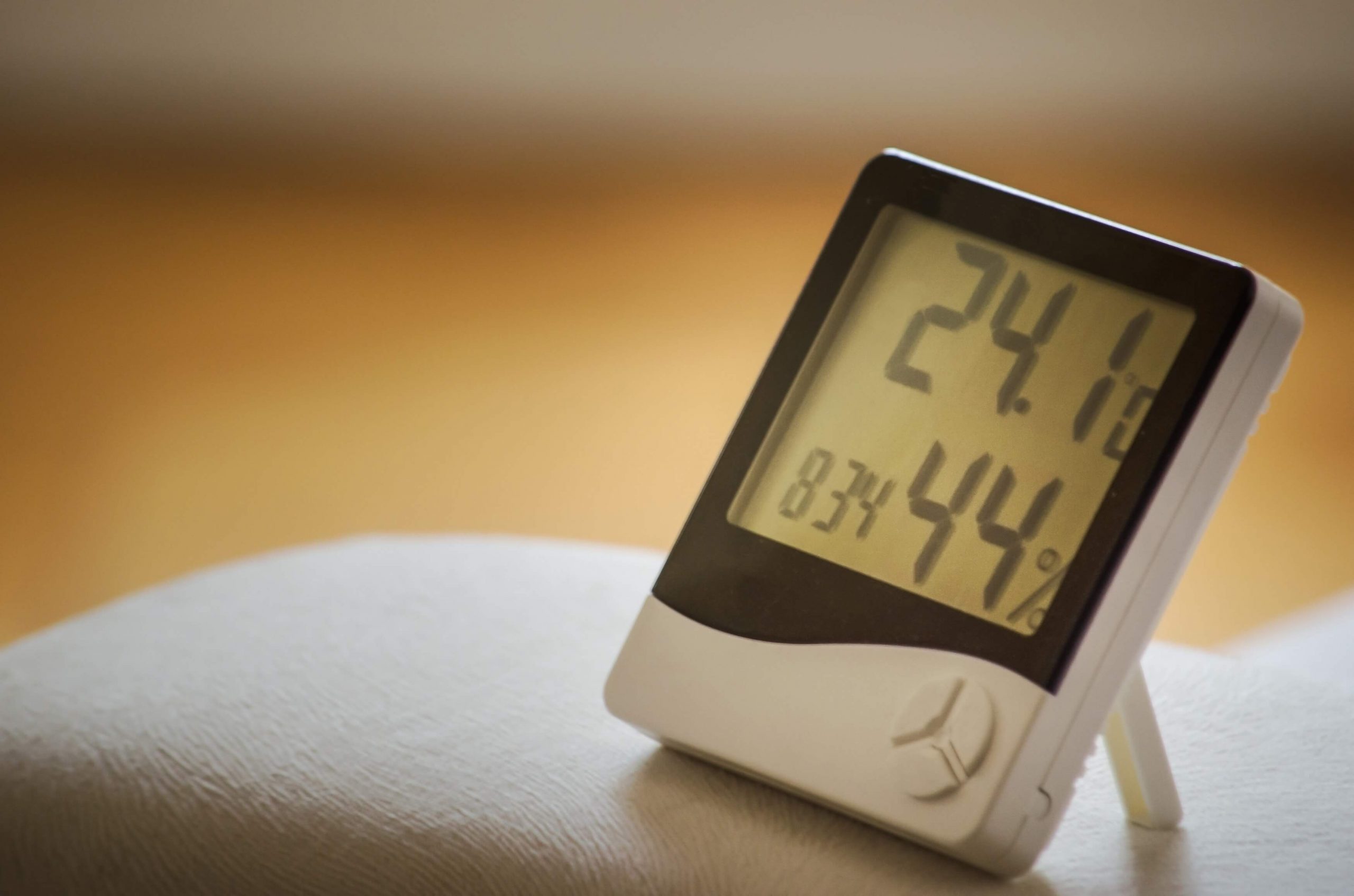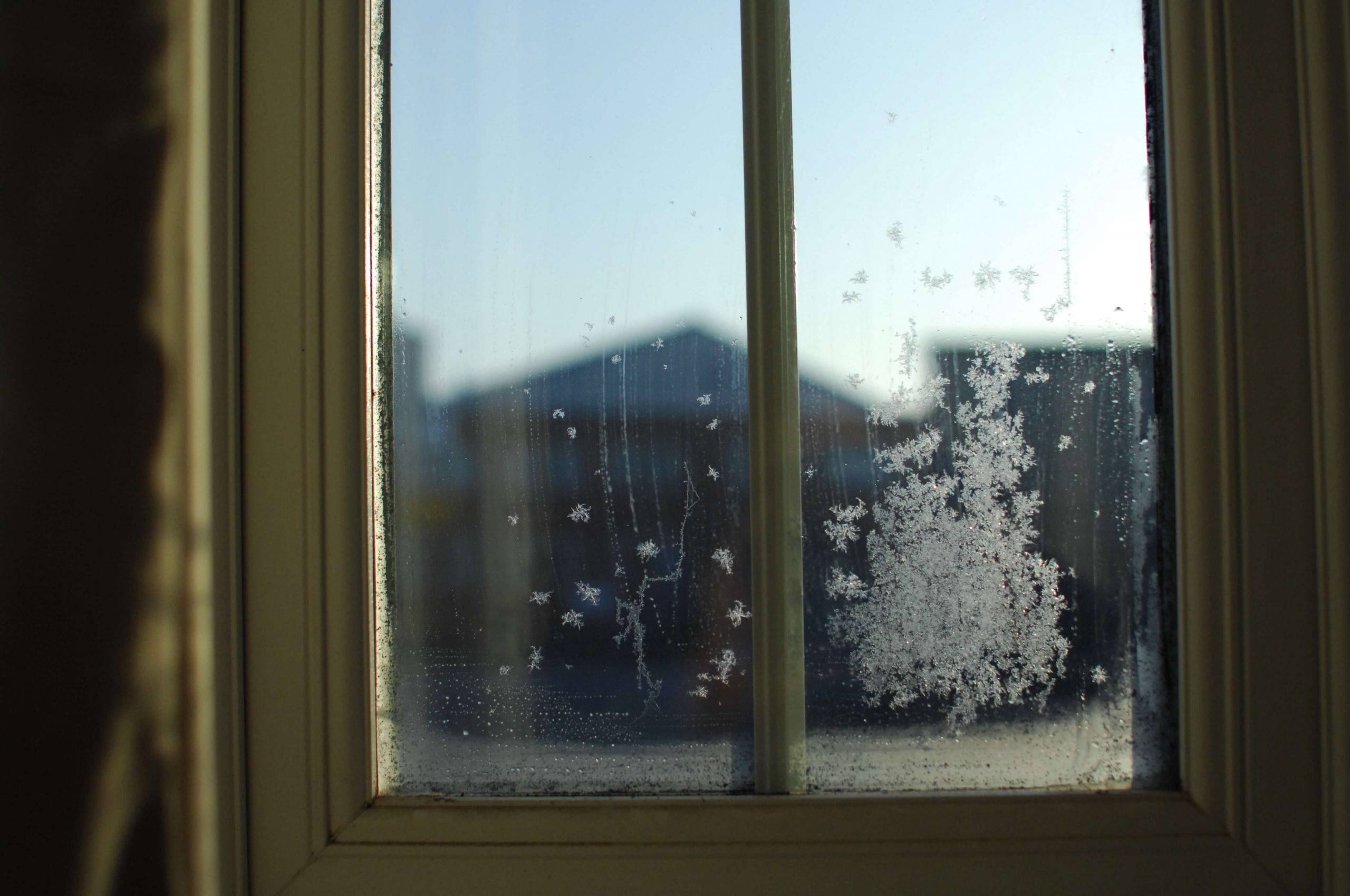The price of energy and natural gas has increased this year and is up to 7 times higher compared to last year in some European countries.
The crisis of these prices is based on multiple international factors that have affected the entire global market:
- The increase in global energy demand following the post-Covid-19 economic recovery;
- The intensified rise in commodity prices, particularly natural gas, at a global level (over 170% in 2021);
- The cold and harsh winter of the previous year, which prolonged the heating period, followed by a long and scorching summer, leading to higher usage of cooling appliances and consequently, higher energy consumption;
- The war in Ukraine and the unstable geopolitical context worldwide.
In this context, since the fall of last year, the majority of European countries have taken measures to counterbalance the increase in energy and gas prices in order to avoid energy poverty.
In this article, we will analyze the measures adopted in Italy, Germany, and the United Kingdom.
Measures taken in Italy
Italians benefit from a 110% tax deduction for energy efficiency improvements in existing buildings and even subsidies for seismic consolidation of these buildings.
Additionally, the Italian government expects to save 4 billion cubic meters of gas this year by reducing the use of air conditioning in public buildings. The project is called the “Operation Thermostat,” where air conditioner owners are not allowed to set the temperature below 25℃.
Other measures that have been adopted in Italy to support consumers include:
- Social bonus for families with annual incomes below 12,000 Euros;
- Reduced excise tax on fuels by 30 cents per liter of gasoline or diesel;
- Temporary reduction of VAT on fuels from 22% to 5% for all consumers;
- Progressive reduction of VAT on electricity and gas bills based on consumption;
- Reduced electricity tax from 22.50 Euros per megawatt/hour to 1 Euro for household consumers and 50 cents for industrial consumers;
- Possibility for household consumers to pay energy bills in multiple installments.
Measures taken in Germany
In January of this year, the German government allocated a total sum of 130 million euros to support vulnerable households with low incomes. Additionally, the same government decided in March to reduce fuel prices for a period of 3 months by 30 cents for gasoline and 14 cents for diesel.
Other measures that have been adopted in Germany to support consumers include:
- Grants of 300 Euros offered to citizens;
- Additional aid of 100 Euros for citizens receiving social assistance;
- One-time grant of 100 Euros for each child in the household;
- Subsidized monthly public transportation passes worth 9 Euros, valid during June – August 2022.
Measures taken in Great Britain
The measures adopted by the British Government aimed both to support consumers and to meet the goal of significantly reducing carbon emissions by 2035.
In addition to the financial aid offered to citizens, especially those with low incomes, since April 1, home owners have been able to access grants for heat pumps that are more efficient than classic boilers, produce three times more energy than they consume and reduce carbon emissions. The program has a fund of 450 million pounds for the next 3 years (90,000 heat pumps), with approximately 4.8 million homes being eligible. The sums will be allocated according to the heating system to be installed in each home (air-water heat pump, biomass boiler, soil-water heat pump) instead of the system powered by fossil fuels.
Conclusion
Most countries in Europe have preferred to offset the price increases in energy and natural gas by providing direct support to citizens.
Price capping, as it was also adopted in Romania, was also applied in France and Bulgaria




